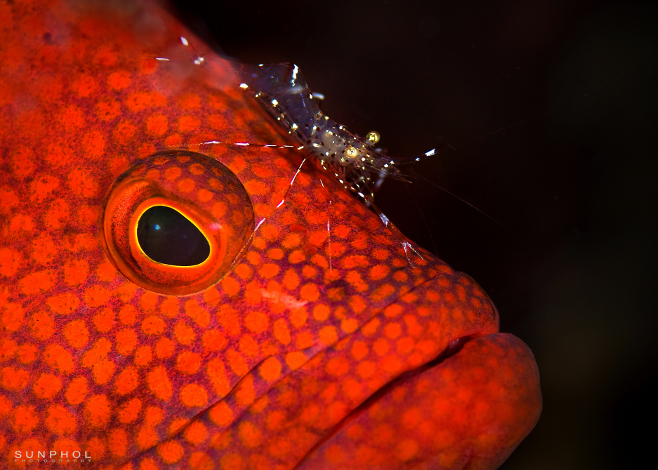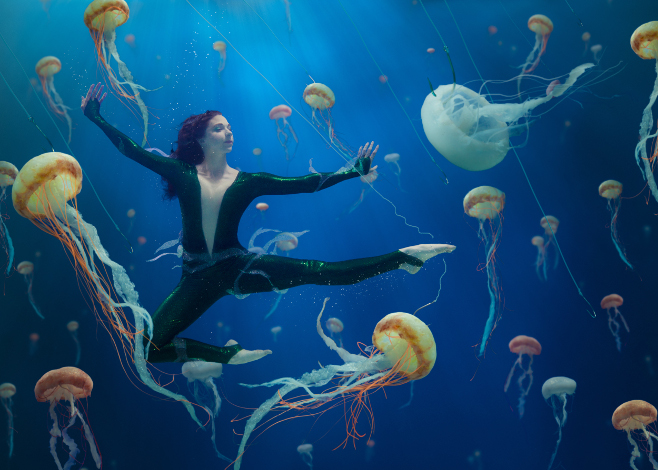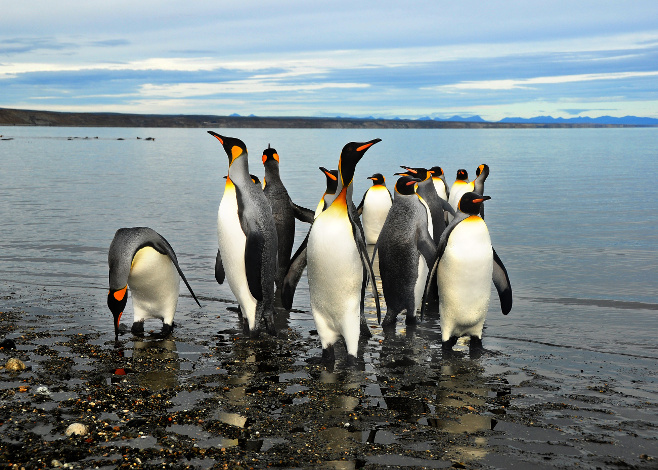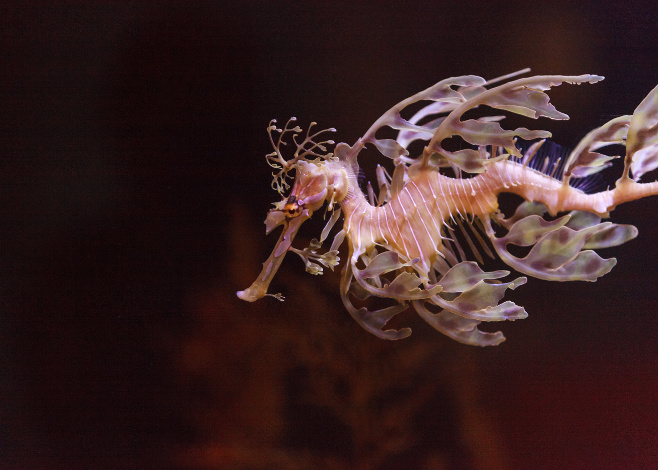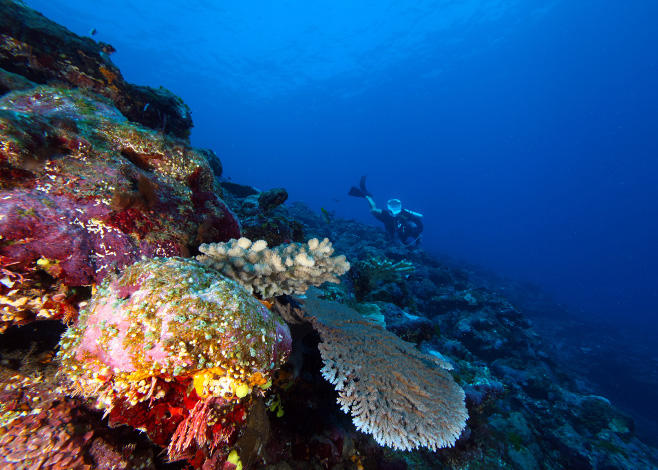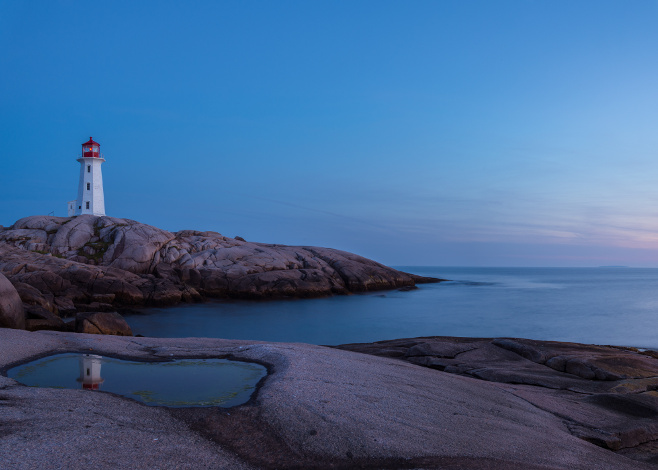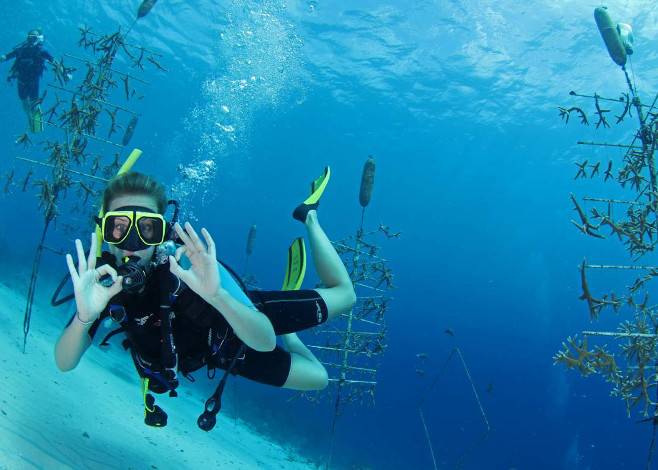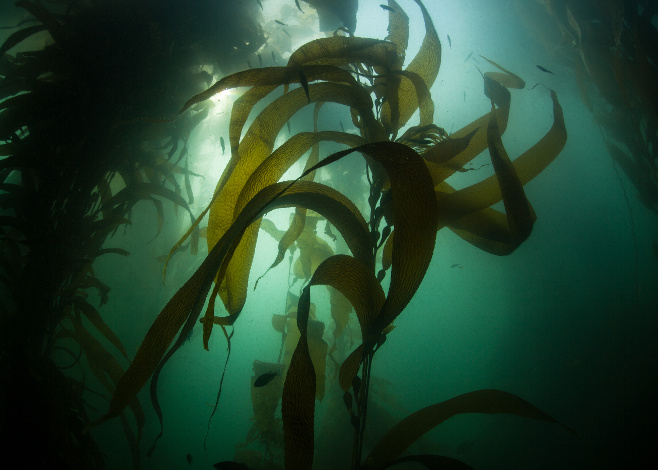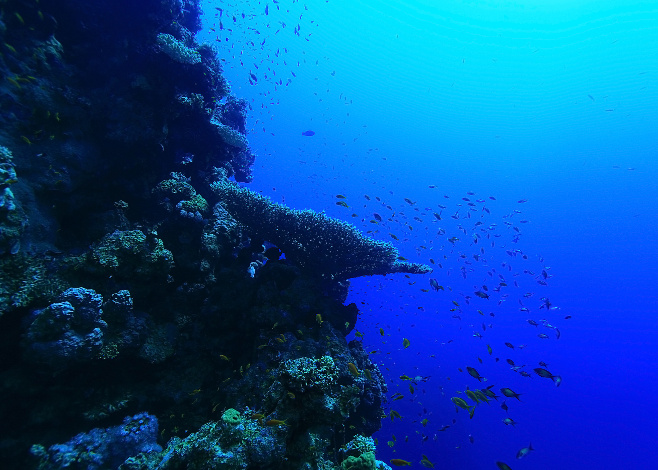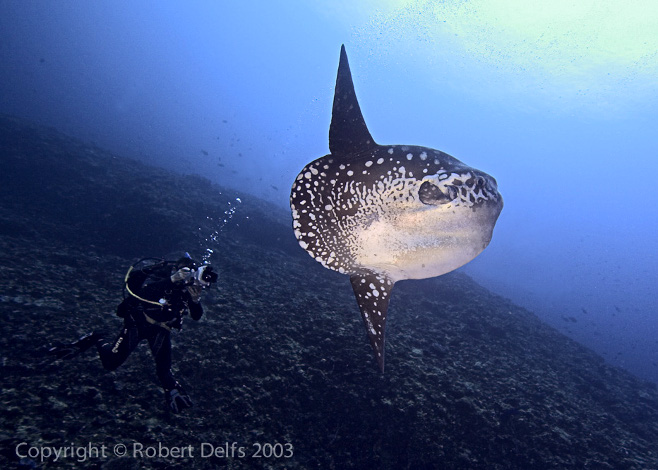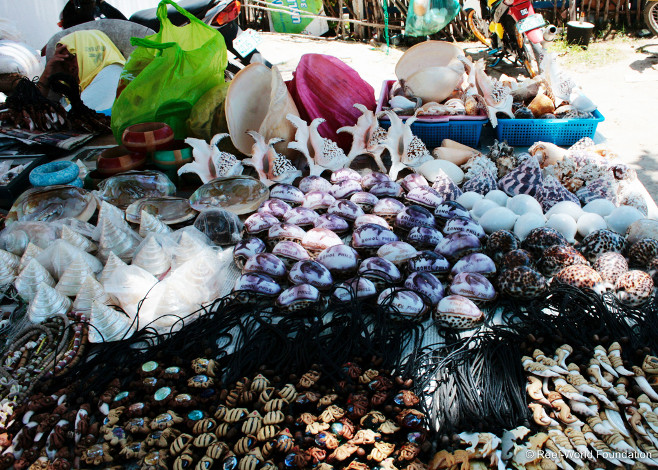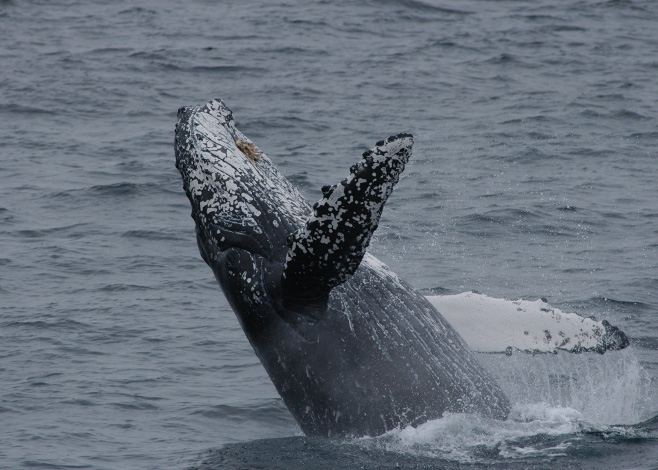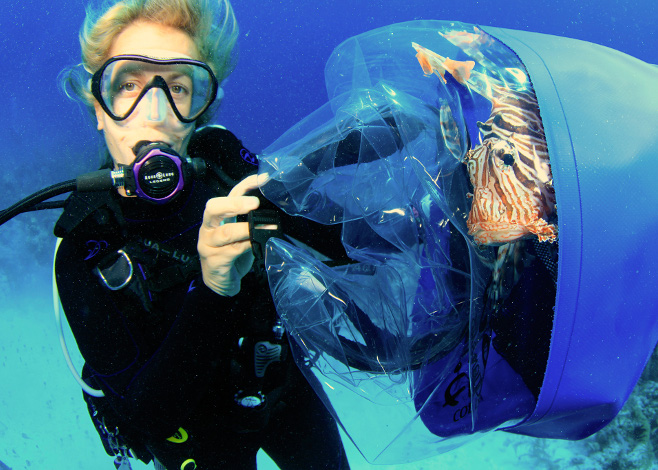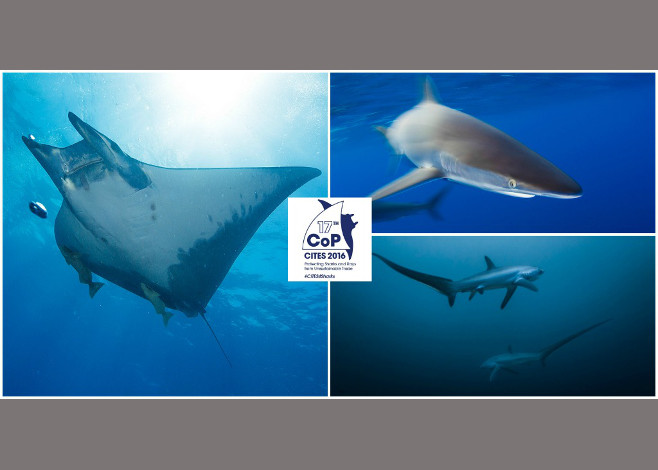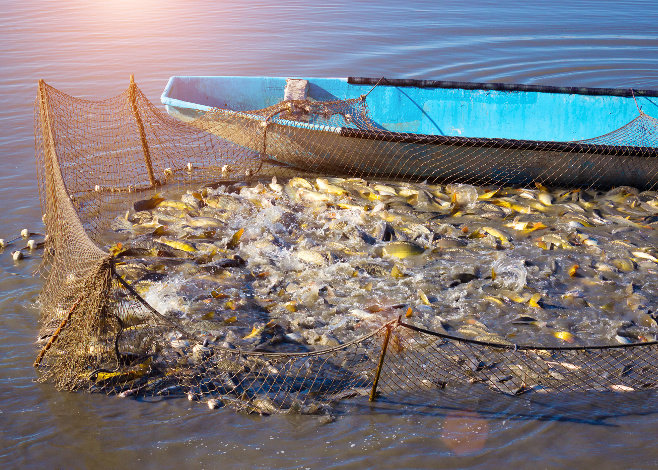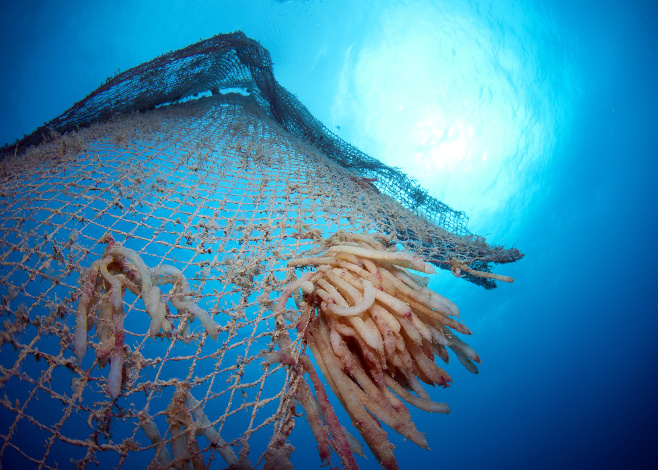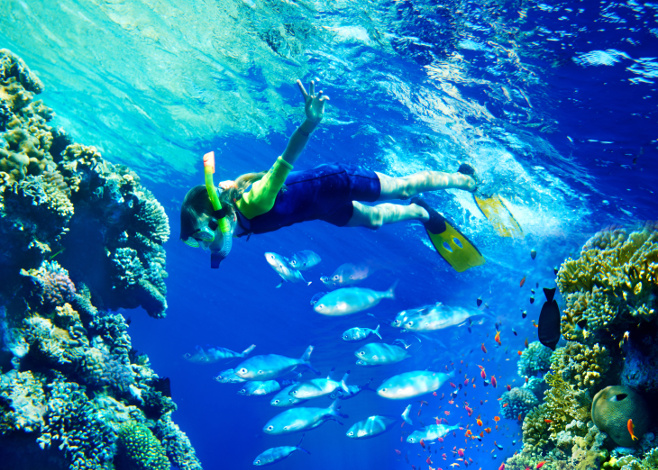We often fin right over them on our way to the next coral head, but we can’t ignore the importance of seagrass meadows when it comes to ocean health.
Conservation
Dancer and filmmaker Christine Ren has combined her love of the arts and the ocean to create a series of artistic photographs, called Jellyfish Soup, highlighting global environmental issues.
The recently expanded Papahanaumokuakea Marine National Monument has already fallen to second place as the world’s largest marine protected area is established in the Ross Sea.
As a diver, you have the opportunity to do your part to conserve coral reefs by becoming a citizen scientist for the oceans.
This year, Scuba Diver Life is partnering with the National Oceanic and Atmospheric Administration (NOAA) to bring you images and stories from each of the United States’ 11 dive-able marine sanctuaries. Our final installment will visit the National Marine Sanctuary of American Samoa
Conservationists hope a potential whale sanctuary in Nova Scotia could provide a home for the remaining 23 whales at SeaWorld’s U.S. parks
To help counteract the damage we’re doing to coral reefs with everything from climate change to dropped anchors, some coral nurseries in the Caribbean are offering hope for restoration.
The Great Barrier Reef isn’t Australia’s only underwater environment to suffer as a result of climate change. Tasmanian kelp forests have disappeared as well.
A recently published scientific paper sheds light on the biodiversity of Hawaii’s deep water reefs.
Marine conservation organization the Coral Triangle Center is working to preserve the area’s incredibly rich biodiversity.
Although it’s natural to want to take a bit of our vacation home with us as remembrance, buying marine life souvenirs is never a good idea.
This year, Scuba Diver Life is partnering with the National Oceanic and Atmospheric Administration (NOAA) to bring you images and stories from each of the United States’ 11 dive-able marine sanctuaries. This month, we’ll visit Channel Islands National Marine Sanctuary.
By now, most divers know about the negative impacts invasive lionfish are having in the northwestern Atlantic and on Caribbean reefs. The PADI Invasive Lionfish Tracker course is helping address the problem in the Bahamas.
Conservationists are delighted that CITES Parties have officially listed devil rays, thresher sharks, and the silky shark under CITES Appendix II.
If you still eat fish, Oceana has launched a useful online tool called Global Fishing Watch to help ensure that you select sustainably.
The environmental strain on the oceans is massive and well documented, but many organizations worldwide are working hard to protect our seas.
A staggering 5 percent of the annual global commercial catch can be attributed to ghost nets — fishing gear that has been lost, discarded or abandoned at sea.
The future of our oceans lies with our children. As scuba-diving parents, we have a unique opportunity to share a love for marine conservation with our kids.


